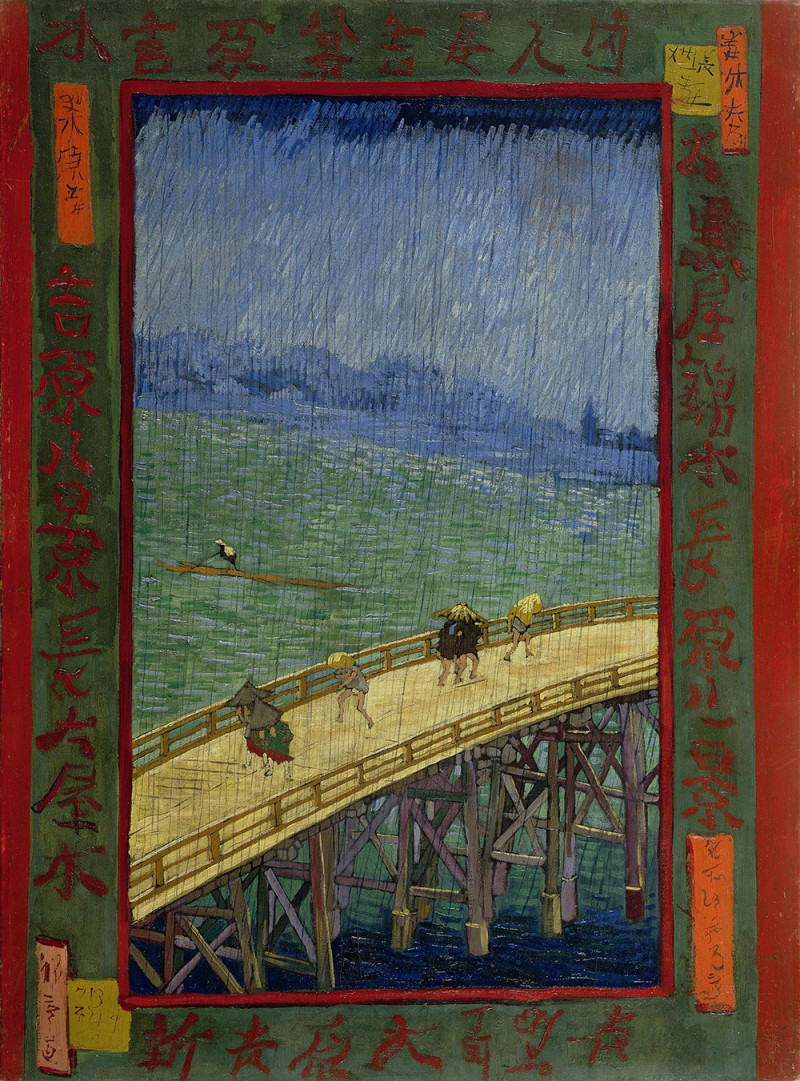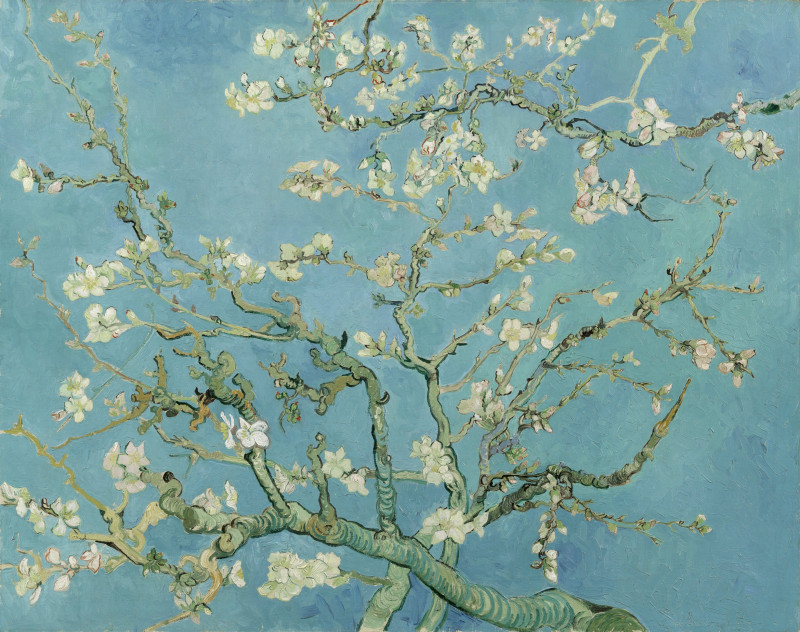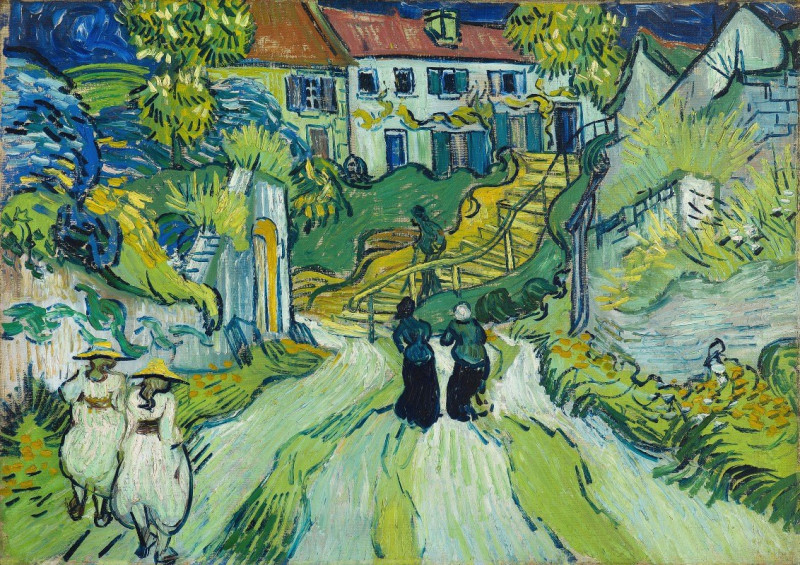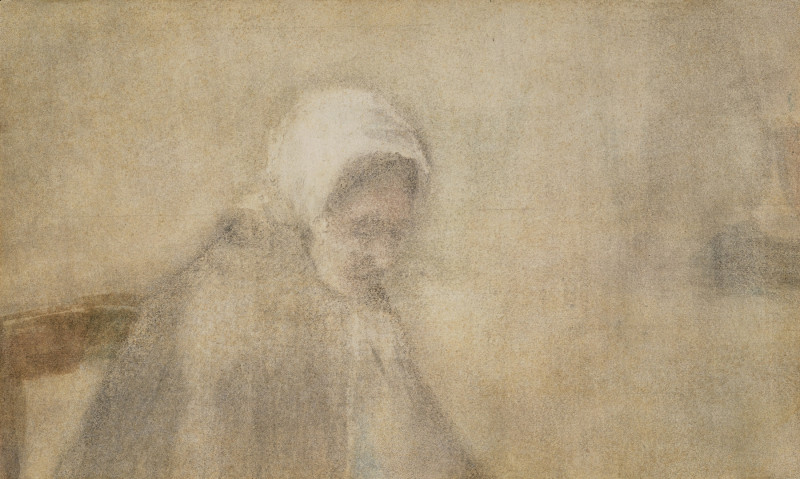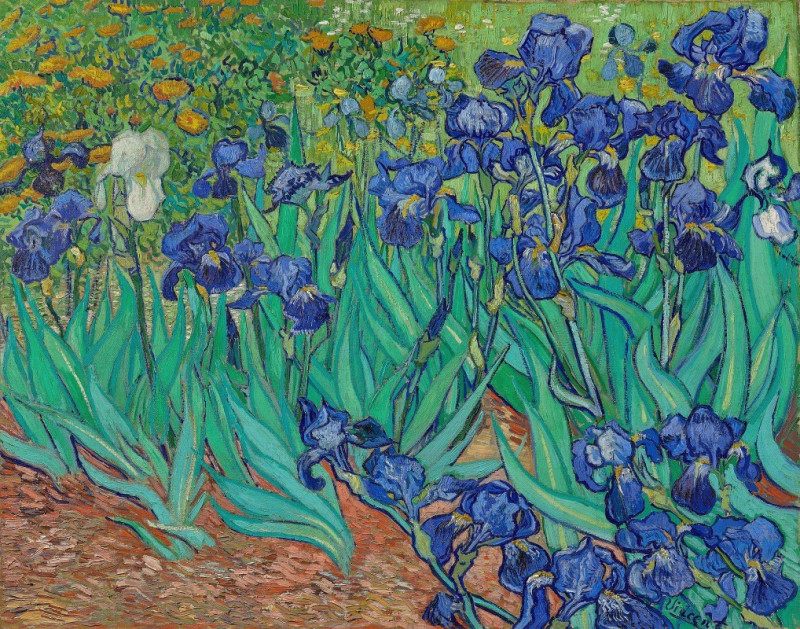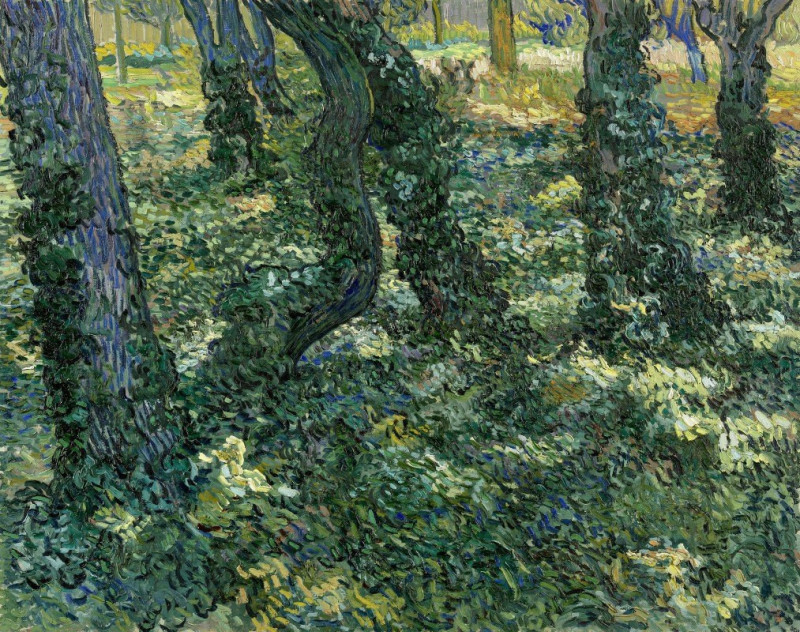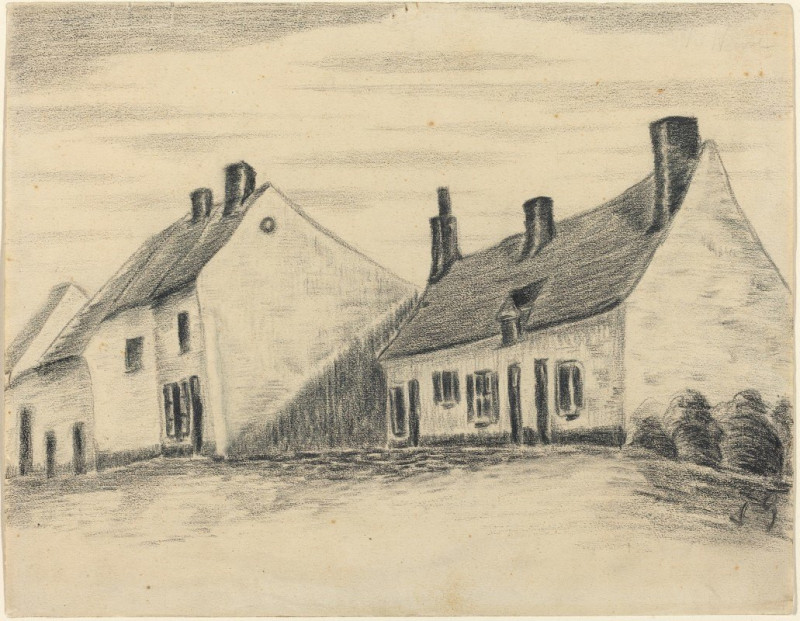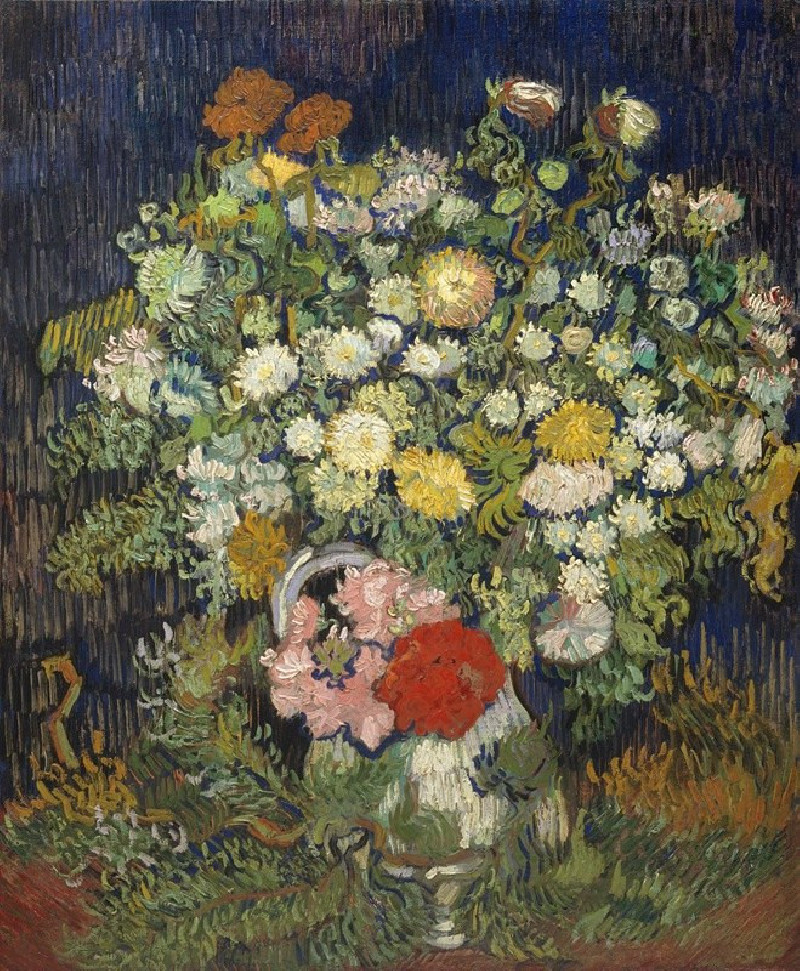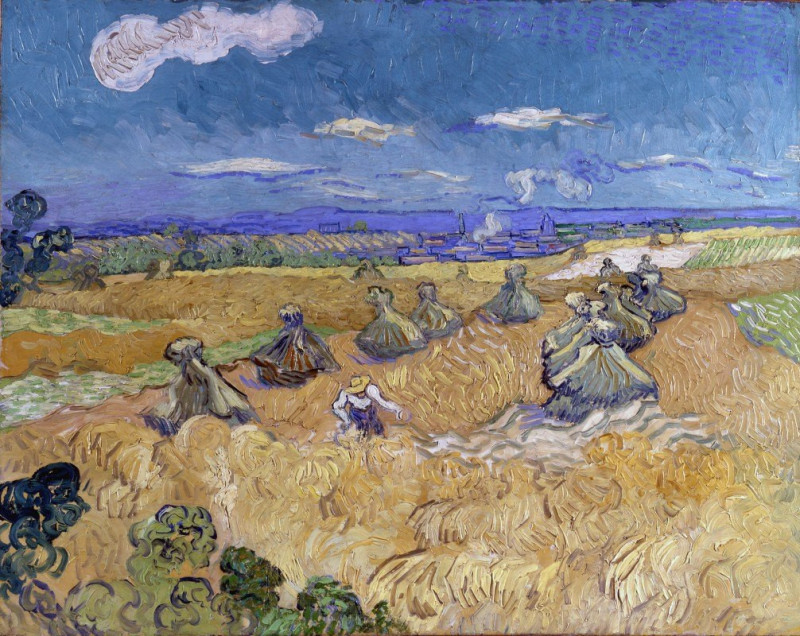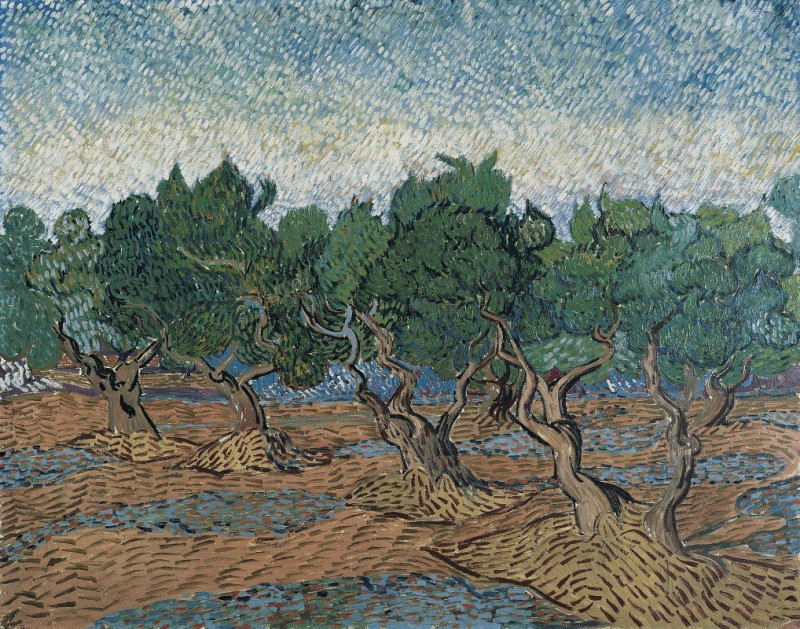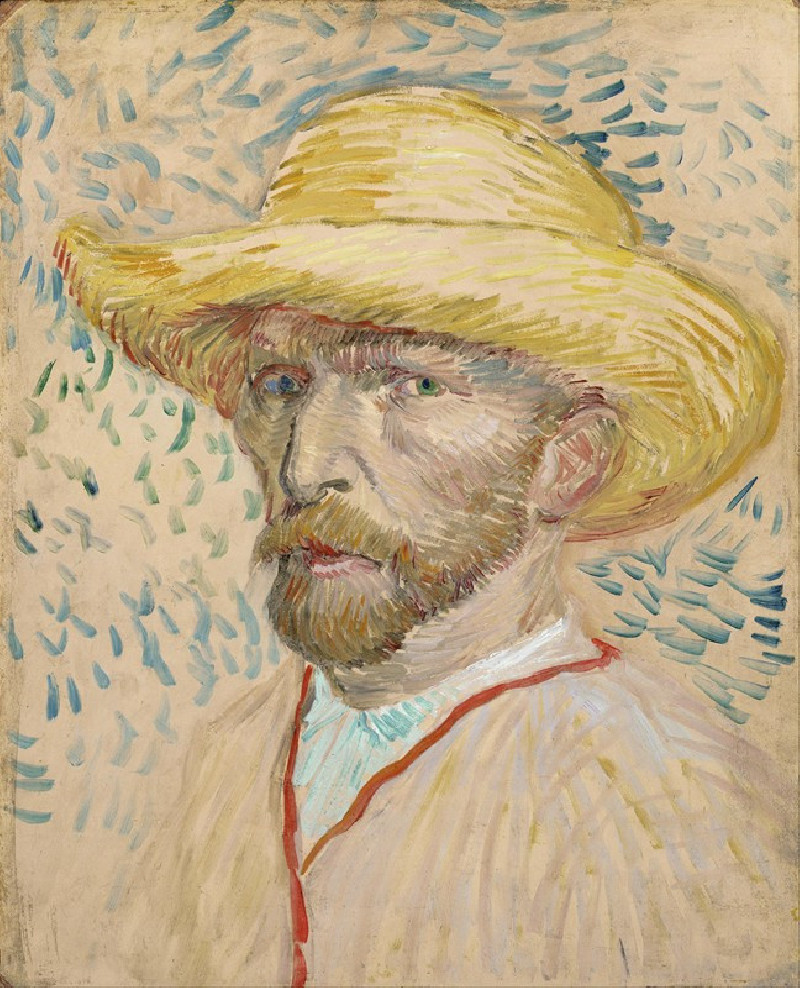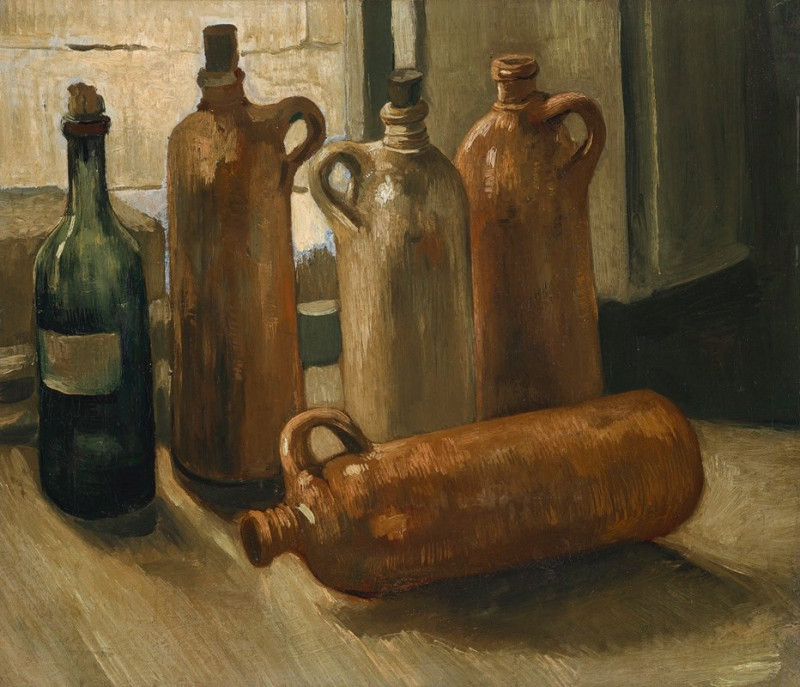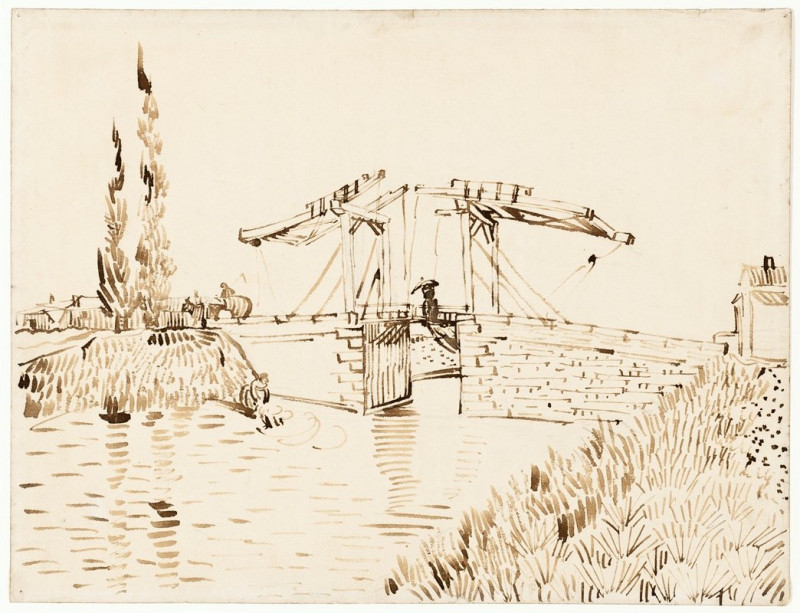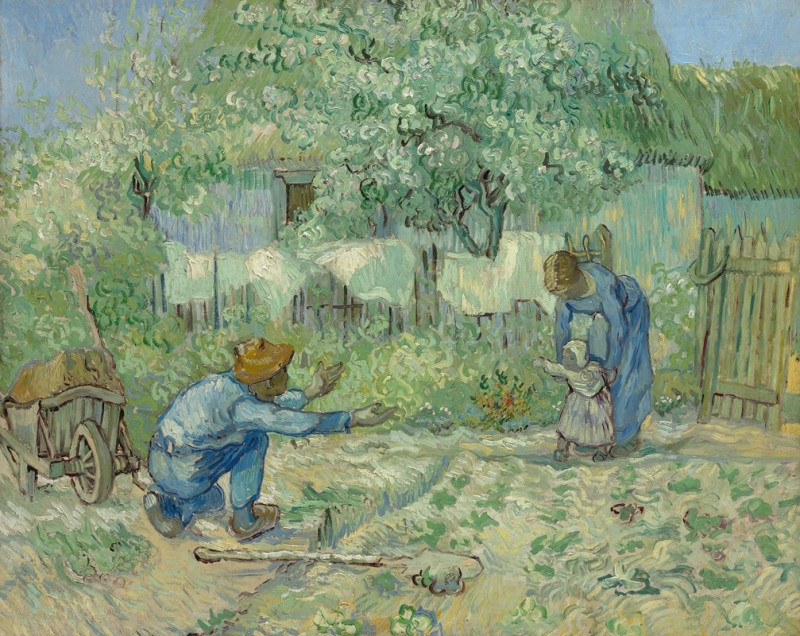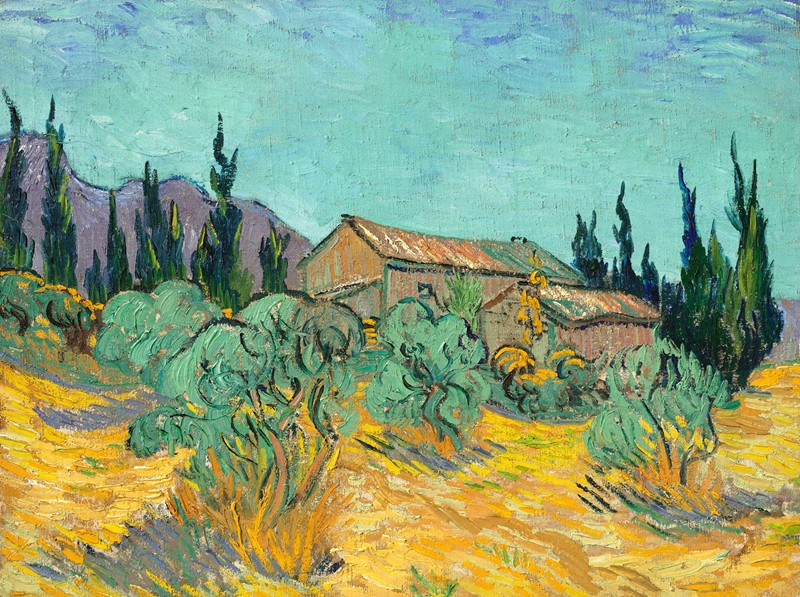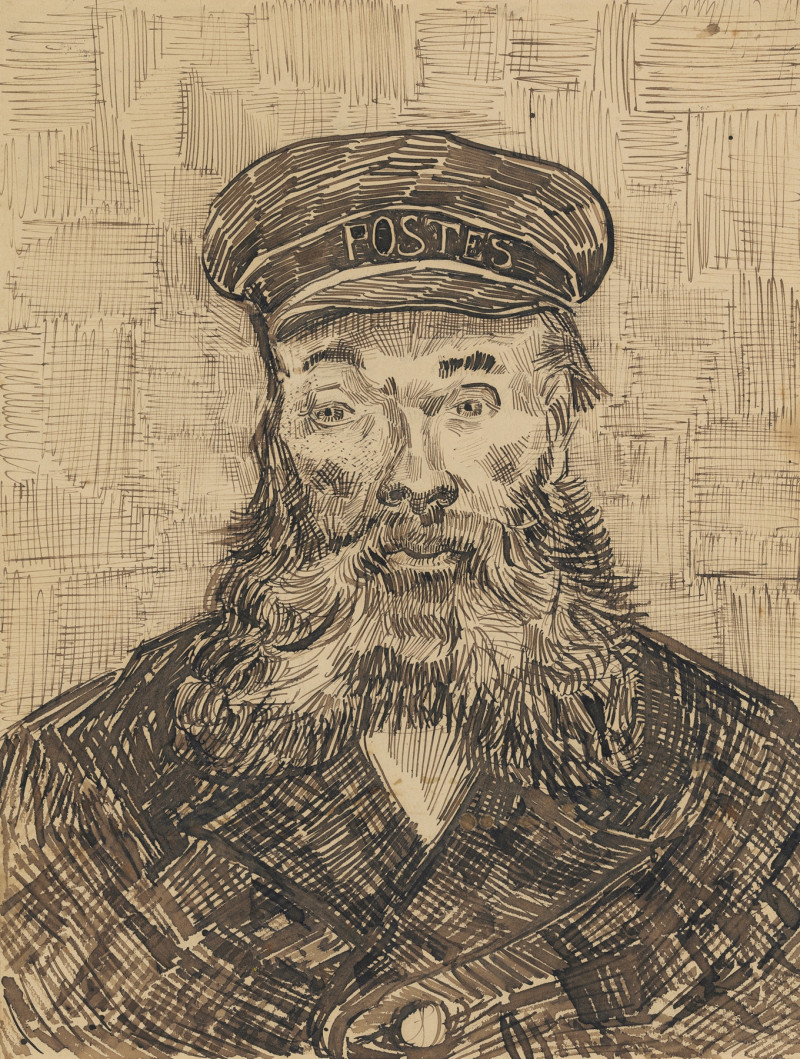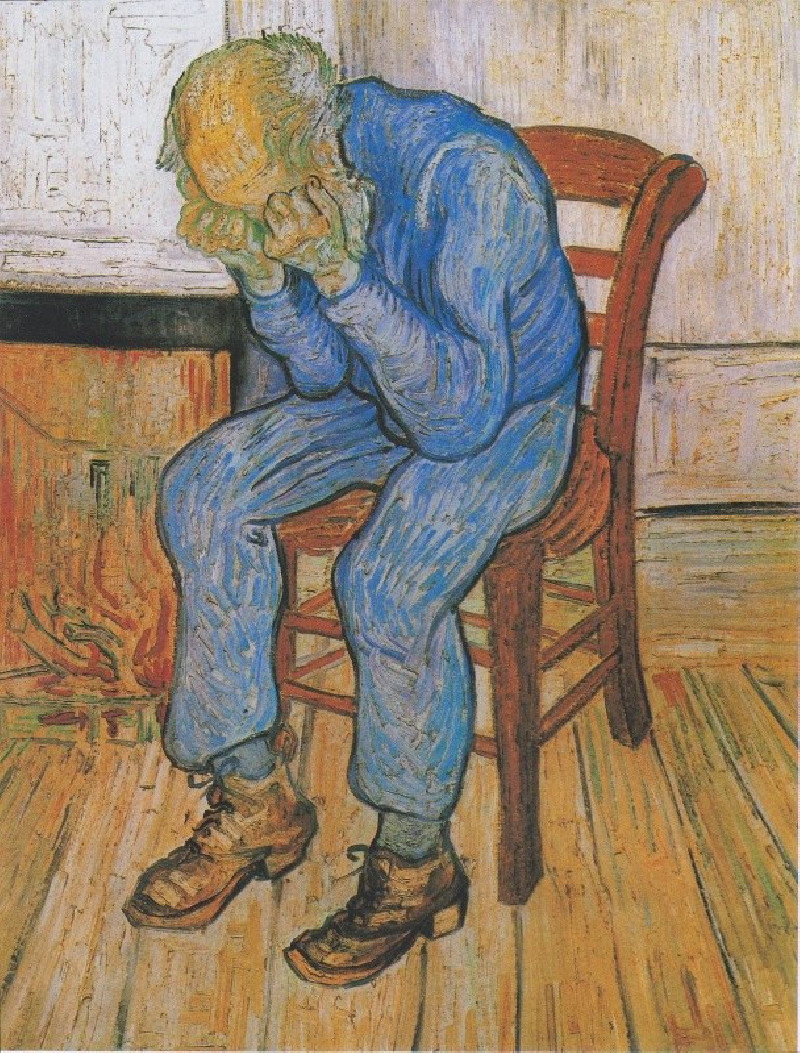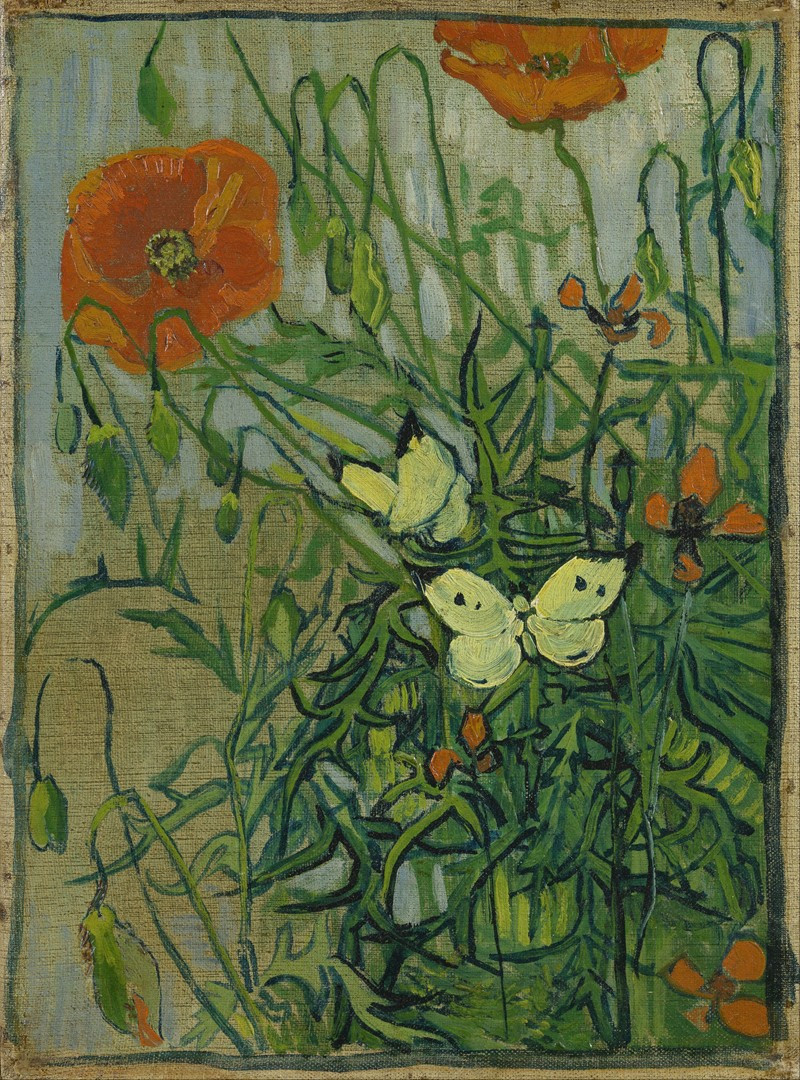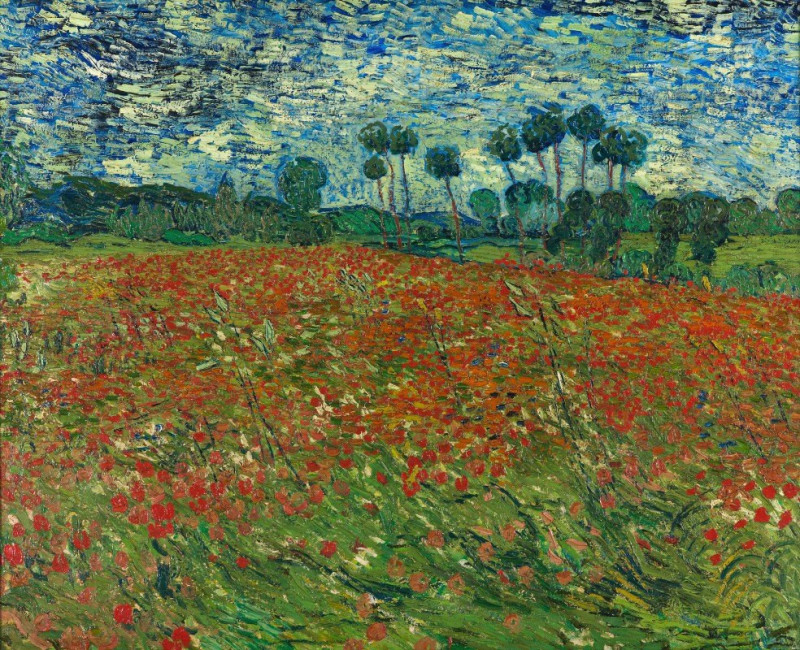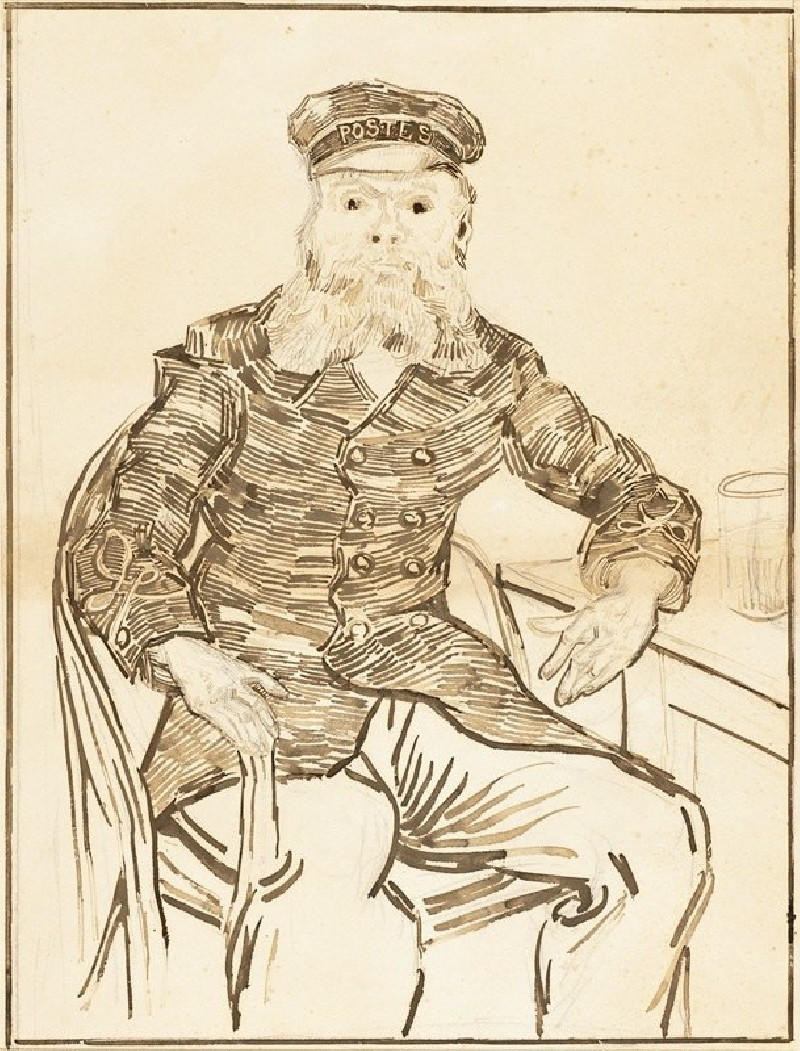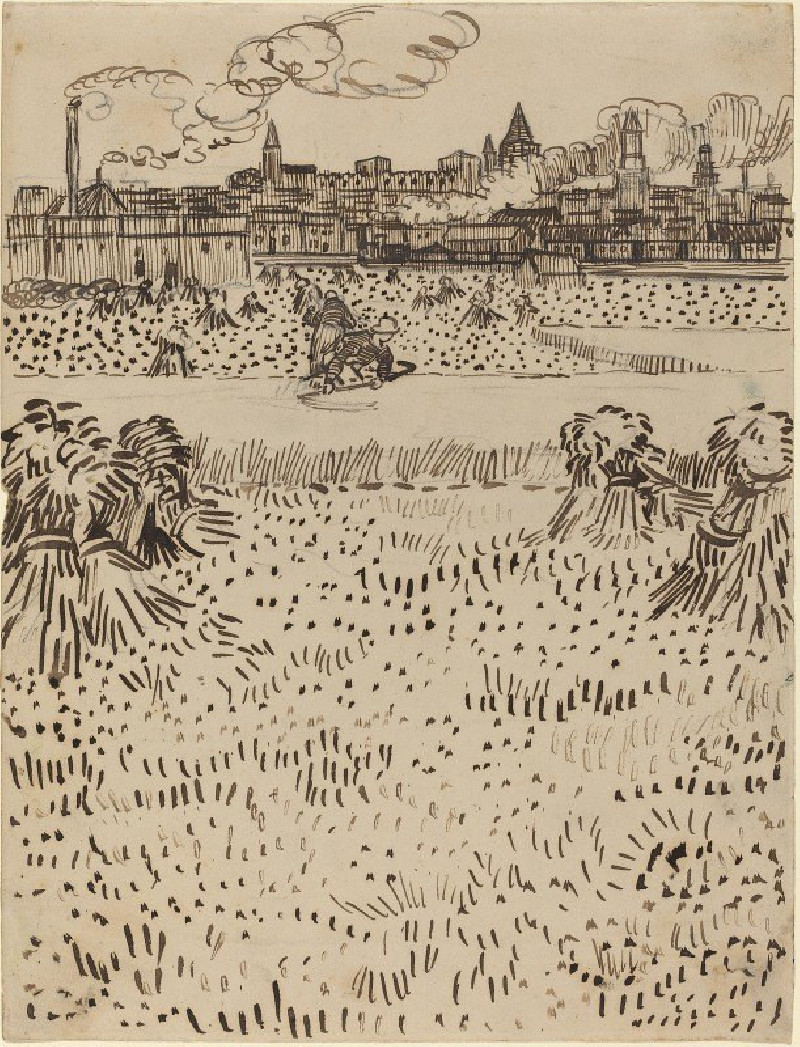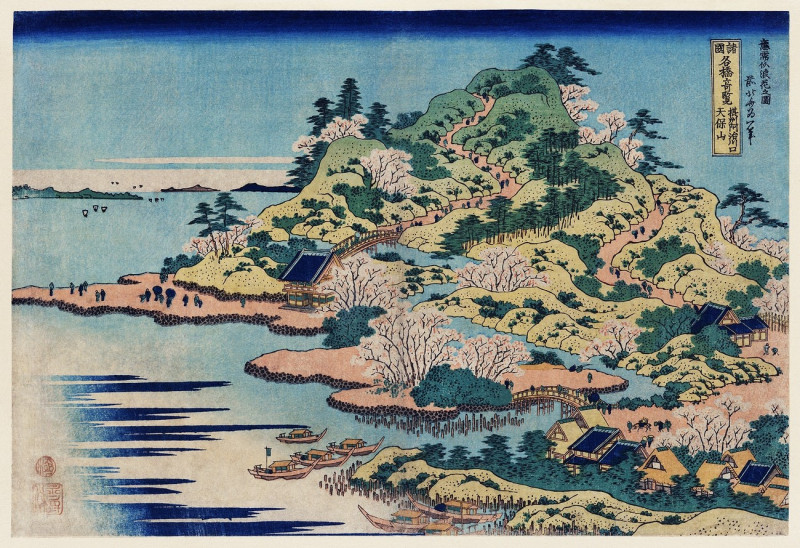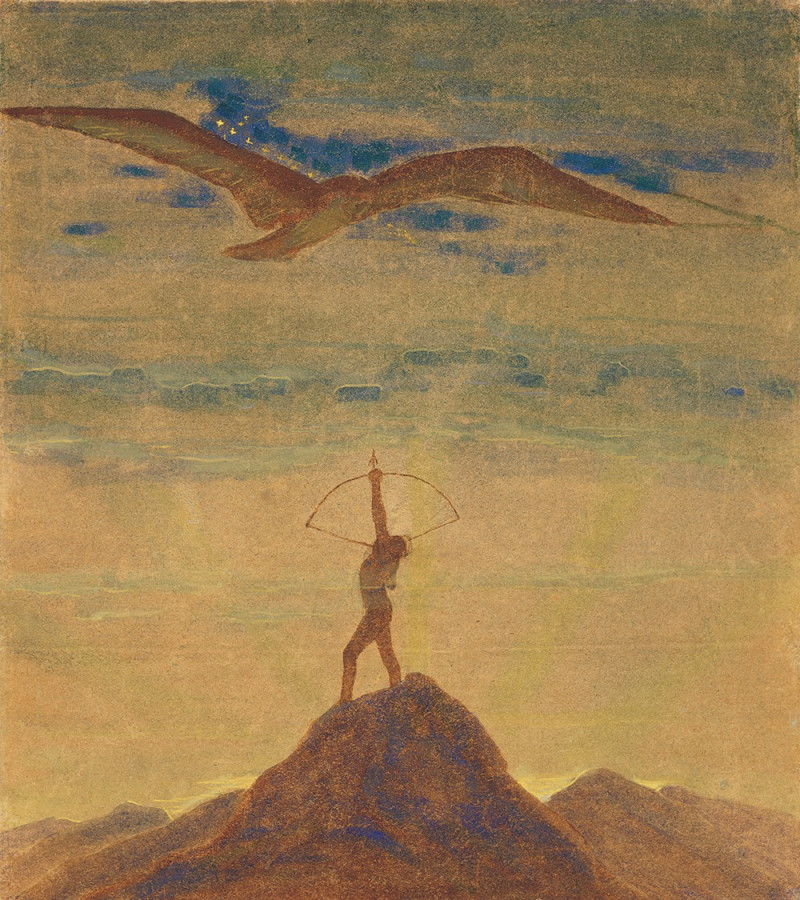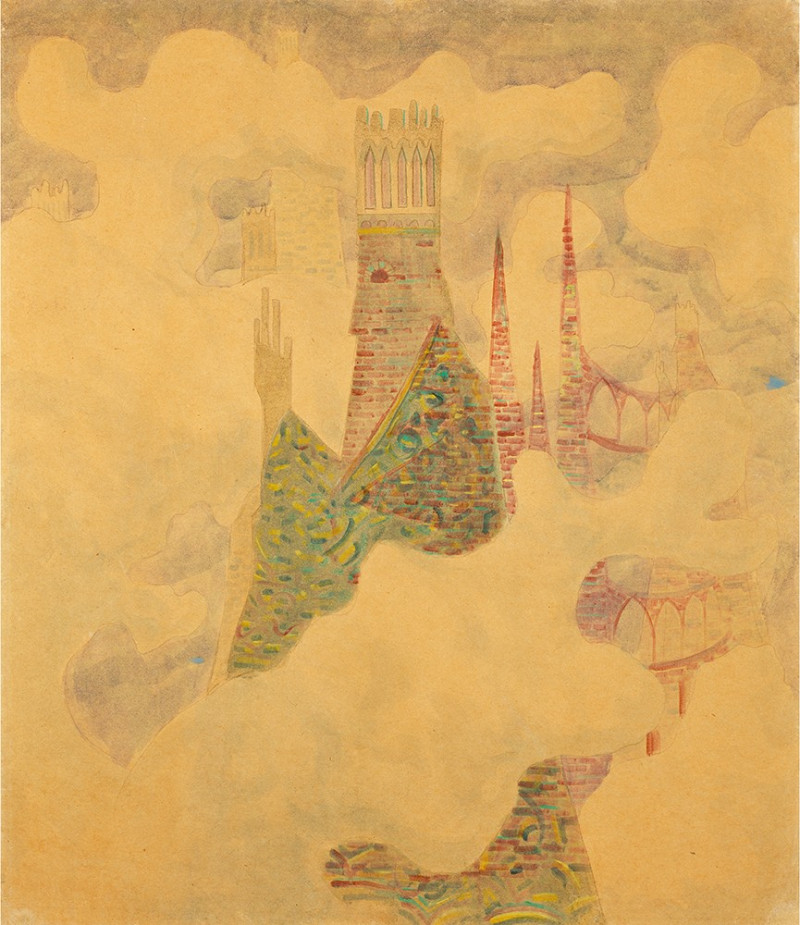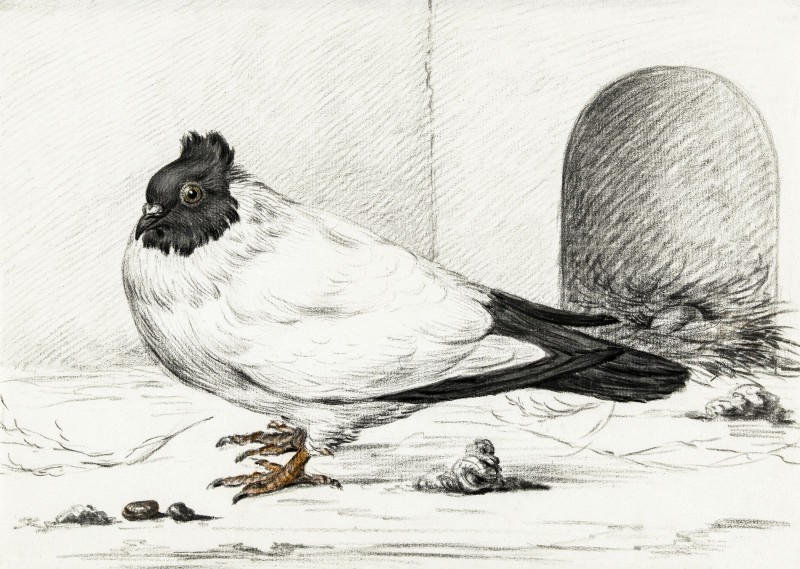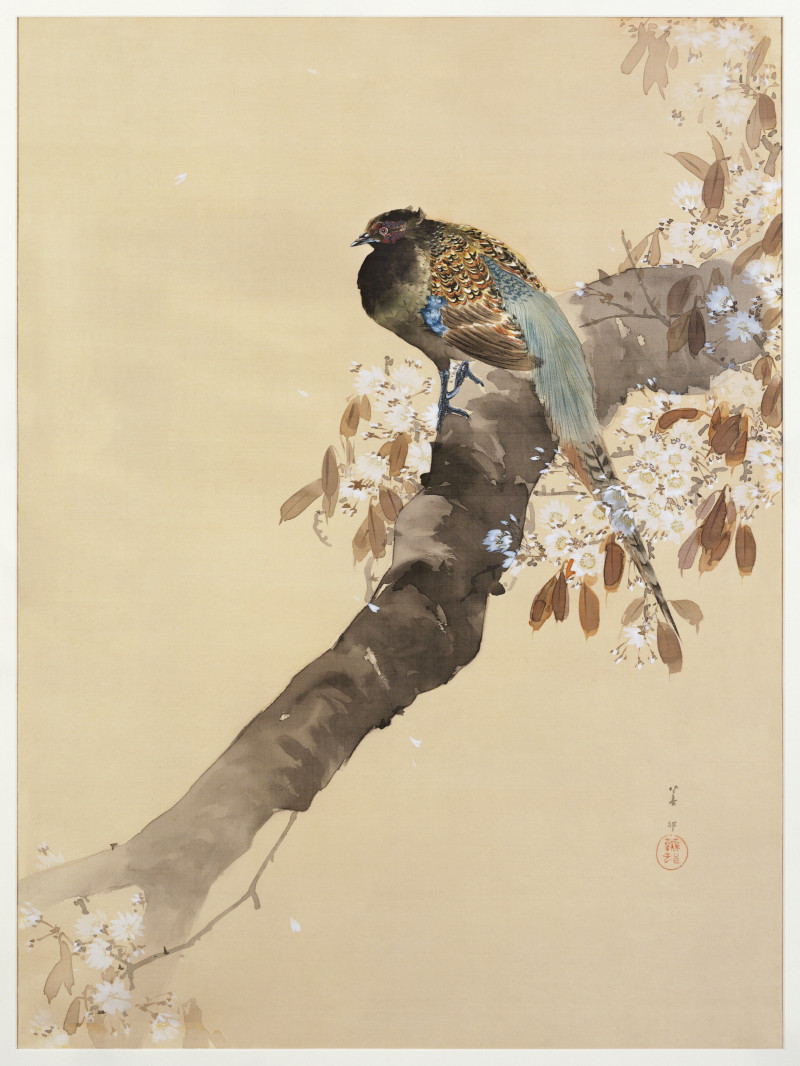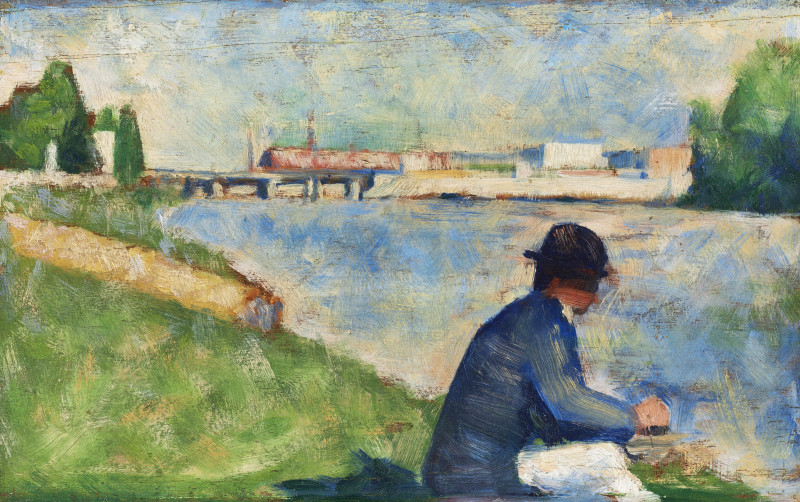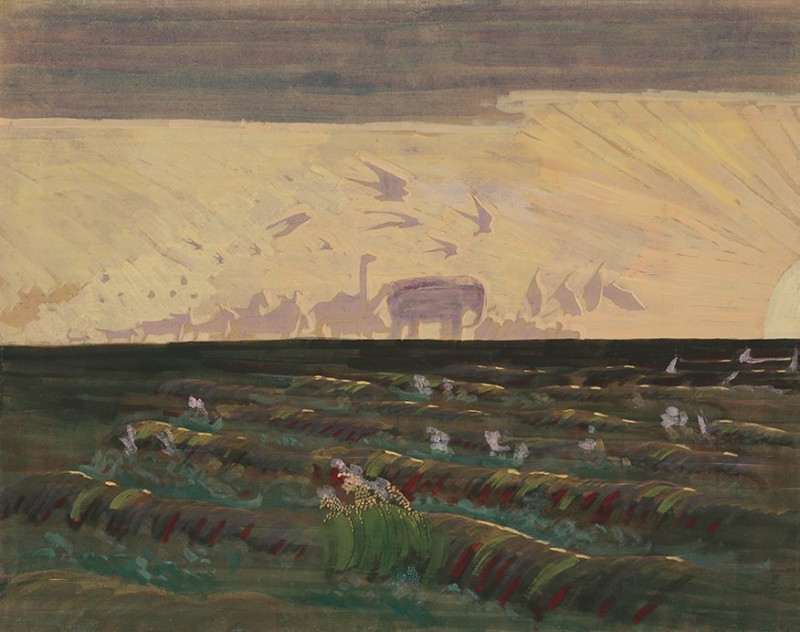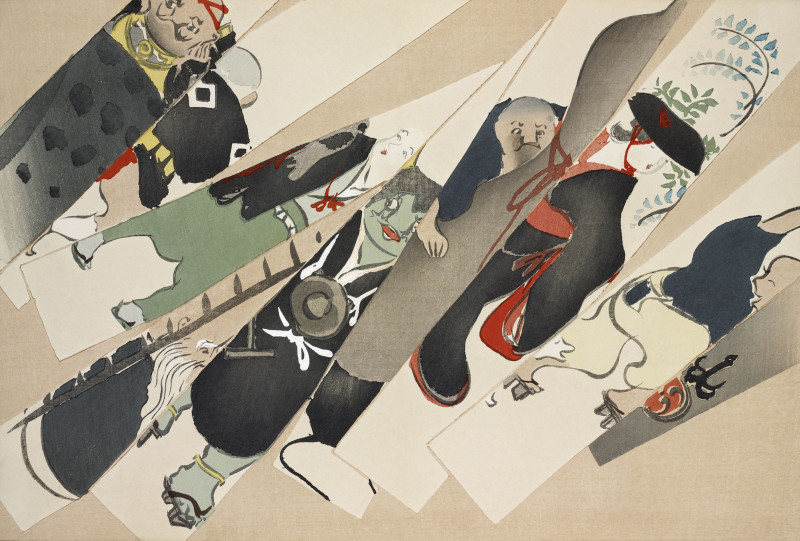The Bridge in the Rain (after Hiroshige)
Technique: Giclée quality print
Recommended by our customers
More about this artwork
"The Bridge in the Rain (after Hiroshige)" by Vincent van Gogh is a vivid illustration of van Gogh's appreciation for Japanese art, particularly the work of Utagawa Hiroshige, a renowned Japanese ukiyo-e artist. This oil painting, created in 1887, reinterprets one of Hiroshige's woodblock prints from the series "One Hundred Famous Views of Edo." Van Gogh’s version incorporates his distinctive swirling brushstrokes and vibrant, contrasting colors, which lend the piece a dynamic and somewhat turbulent atmosphere, echoing the rain-soaked scene.The central subject of the painting is a large wooden bridge arched over a river under heavy rain. The influence of Japanese printmaking is evident in the flat areas of bold color and the use of a frame within the painting, which is embellished with Japanese characters. Figures with umbrellas, huddled against the weather, traverse the bridge, adding a human element to the natural scene. These figures are depicted with simplicity, focusing on their interaction with the environment rather than detailed individual expression.The surrounding decorative border featuring Japanese text and bright contrasting colors not only frames the central scene but also deepens the homage to Japanese aesthetics and the intricate relationship between text and image found in East Asian art. This painting is a magnificent example of cross-cultural artistic dialogue and showcases van Gogh's ability to blend his unique style with the elements borrowed from other artistic traditions.

